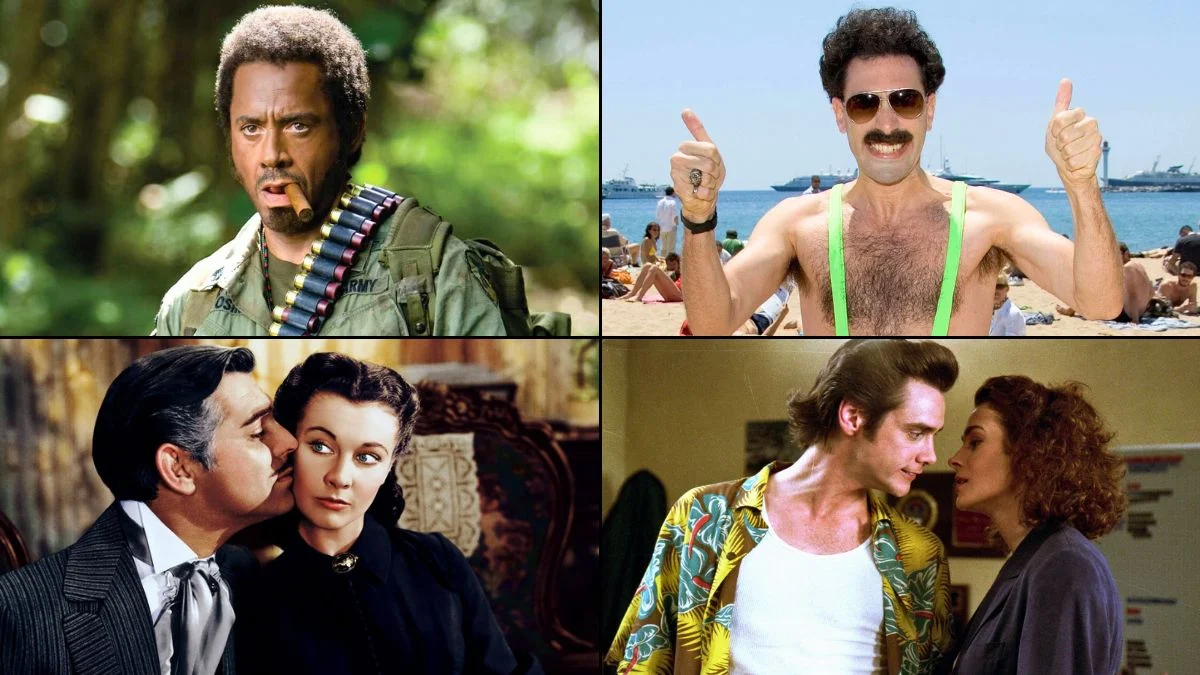
These movies caused significant controversy, leading to bans, edits, legal battles, and extensive discussions about appropriate content for film. They faced criticism for their depictions of race, gender, religion, sexuality, violence, and politics, and many still include disclaimers or are discussed in educational settings. Whether they were censored, withdrawn by studios, or defended as satire or historical documents, these films remain important examples in the ongoing debate about representation and freedom of expression in cinema.
‘The Birth of a Nation’ (1915)
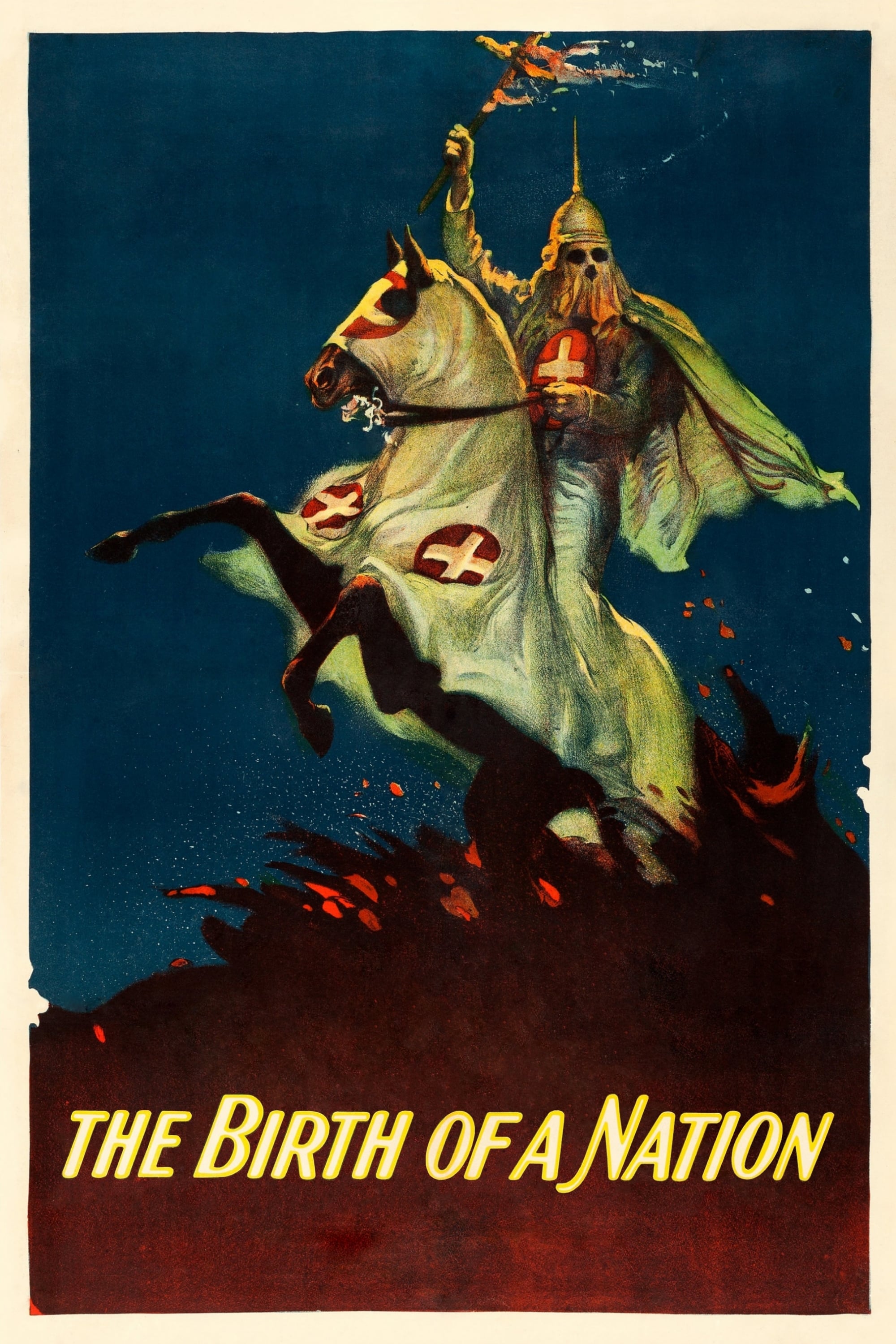
D.W. Griffith’s influential film pioneered many filmmaking techniques, like large battle scenes and editing between different storylines. However, it presents a biased and racist view of the Reconstruction era after the Civil War, and openly supports the Ku Klux Klan. This caused immediate controversy, leading to protests and boycotts. The NAACP actively campaigned against the film, distributing information and advocating for its censorship. Today, when the film is shown, it’s often accompanied by introductions and notes to provide historical context and acknowledge its problematic content.
‘Triumph of the Will’ (1935)

Leni Riefenstahl’s film documents a large Nazi rally in Nuremberg, using dramatic camera work and impressive visuals. While recognized as a highly skilled example of filmmaking, it’s also famous for its powerful propaganda techniques and is often studied in media courses. Due to its message, many countries have limited its showing or require it to be presented with explanatory context. When shown in archives or at universities, it’s usually accompanied by critical discussion.
‘Gone with the Wind’ (1939)
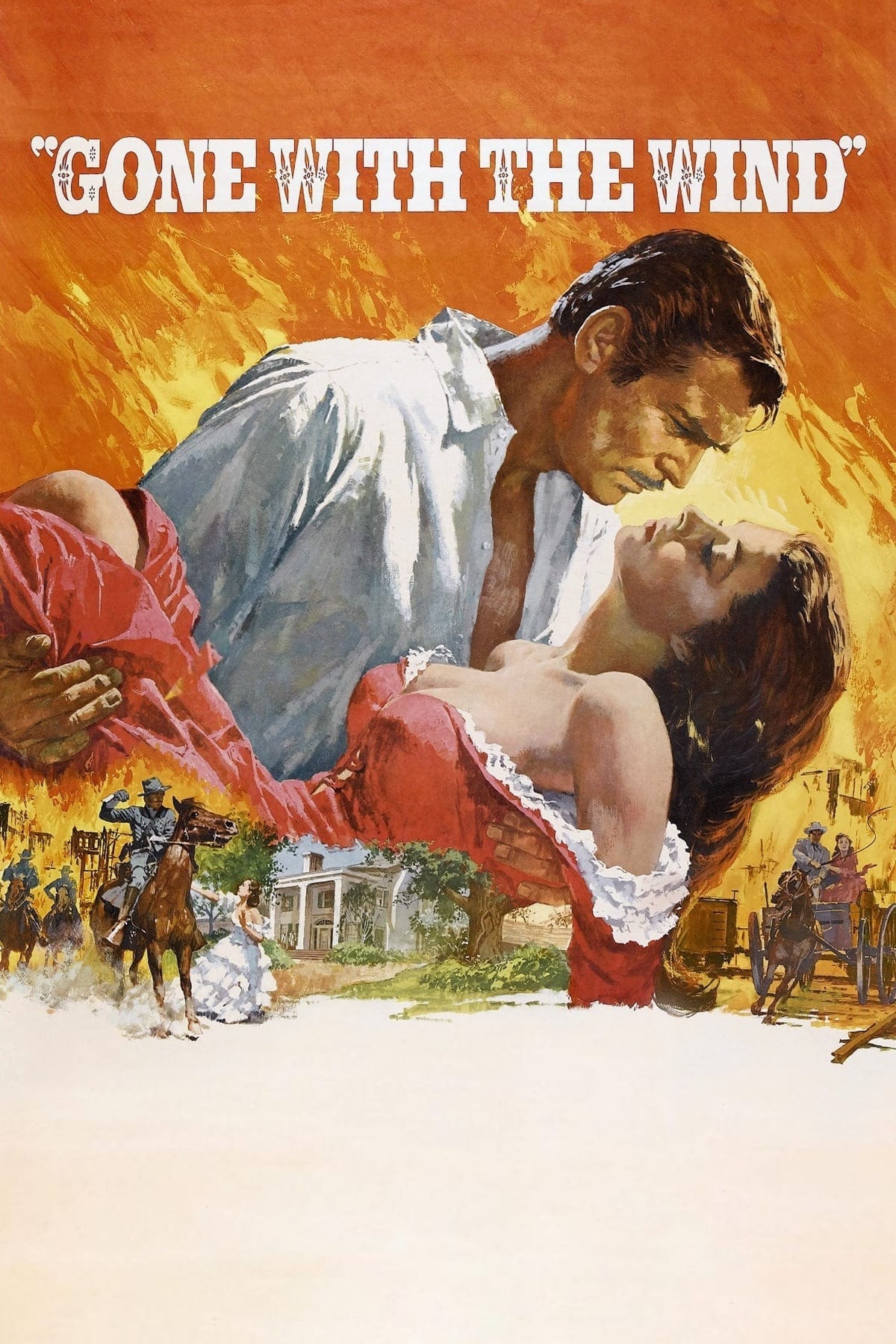
This award-winning Civil War epic was a huge financial success, even by today’s standards. However, its portrayal of slavery and idealized view of the pre-war South have faced ongoing criticism. When shown on television or in theaters today, the film is often presented with introductions explaining its historical background. Many DVD and streaming versions also include bonus features that discuss the film’s impact and how it represents a sensitive period in American history.
‘Song of the South’ (1946)
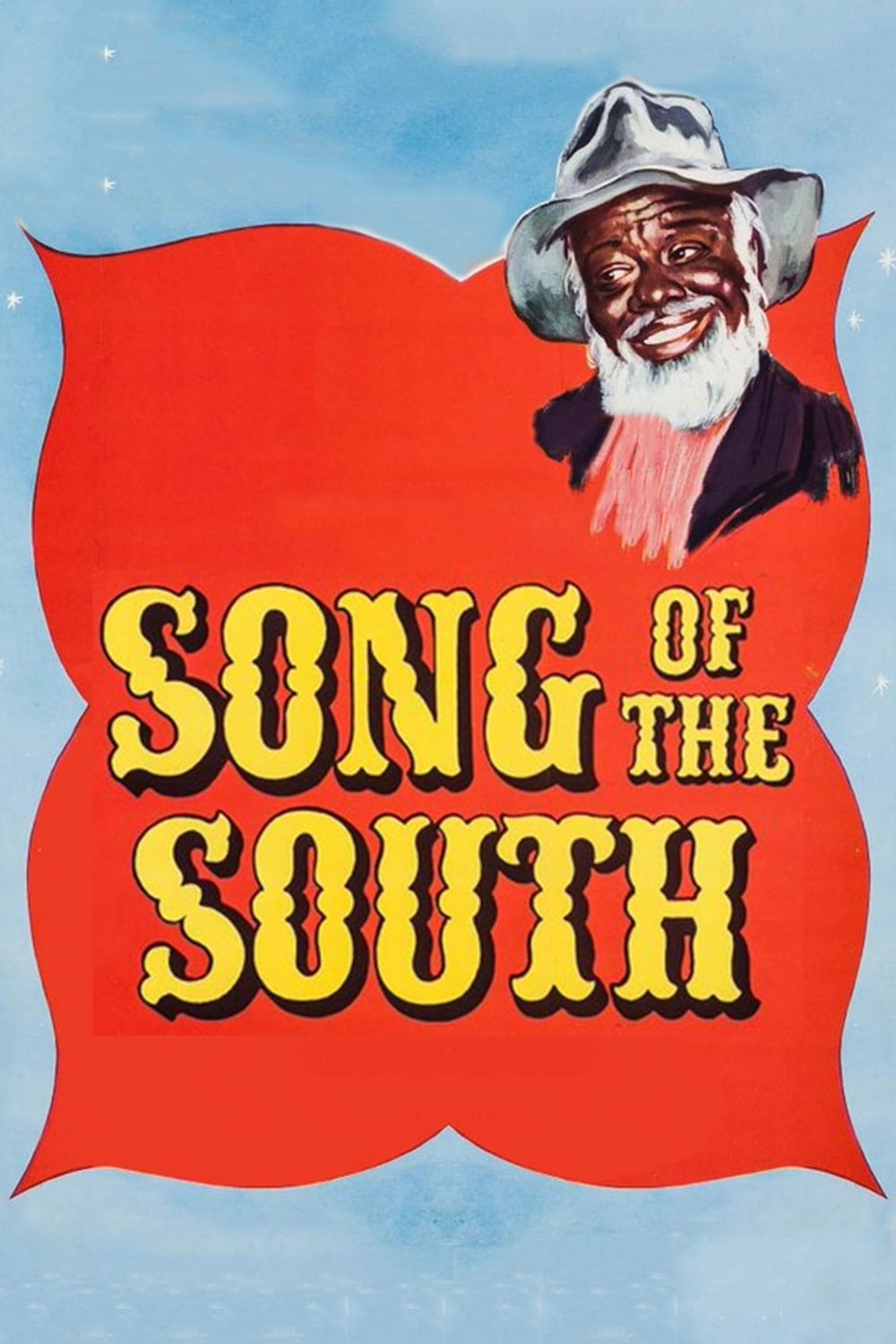
Disney created a film blending live actors with animation, based on stories by Joel Chandler Harris featuring the character Uncle Remus. However, the film’s depiction of life on a plantation and the way its characters speak has been heavily criticized by experts and activists. As a result, Disney has not released it on its streaming platform and it’s difficult to find in stores. References to the film within Disney’s theme parks have also been changed or removed.
‘The Jazz Singer’ (1927)

This film is historically significant as the first full-length movie to successfully combine spoken dialogue and musical numbers with synchronized sound. However, a performance by the lead actor in blackface has drawn criticism and is often discussed in analyses of early Hollywood. Film scholars frequently study this production for its impact on the industry’s shift to sound technology, and modern restorations and reviews often directly address the problematic racial aspects of the performance.
‘Breakfast at Tiffany’s’ (1961)

Audrey Hepburn’s romantic comedy includes a problematic depiction of a Japanese neighbor, played by Mickey Rooney, which has been widely criticized. The performance has led to apologies and is often used as an example of harmful stereotypes in film. While the movie is still recognized for its music and fashion, it’s also commonly studied for its issues with representation. Recent editions of the film often include extra content that addresses the controversy surrounding the portrayal.
‘A Clockwork Orange’ (1971)

Stanley Kubrick’s film, based on Anthony Burgess’s novel, centers on a violent gang leader who undergoes experimental behavioral treatment. The movie sparked controversy, with some claiming it encouraged similar crimes, and faced challenges getting a rating in the US. Kubrick eventually asked for the film to be withdrawn from release in the UK for a long time. When it returned, it ignited further discussion about censorship and the impact of media on audiences.
‘Straw Dogs’ (1971)

Sam Peckinpah’s thriller focuses on a couple harassed in a countryside village and features a scene of sexual assault that caused significant controversy. In Britain, the film was repeatedly edited by censors and received changing ratings. Even today, film critics and scholars continue to discuss how it portrays masculinity and the idea of consent. Different home video releases often explain the various cuts and changes made to the film over time.
‘Last Tango in Paris’ (1972)
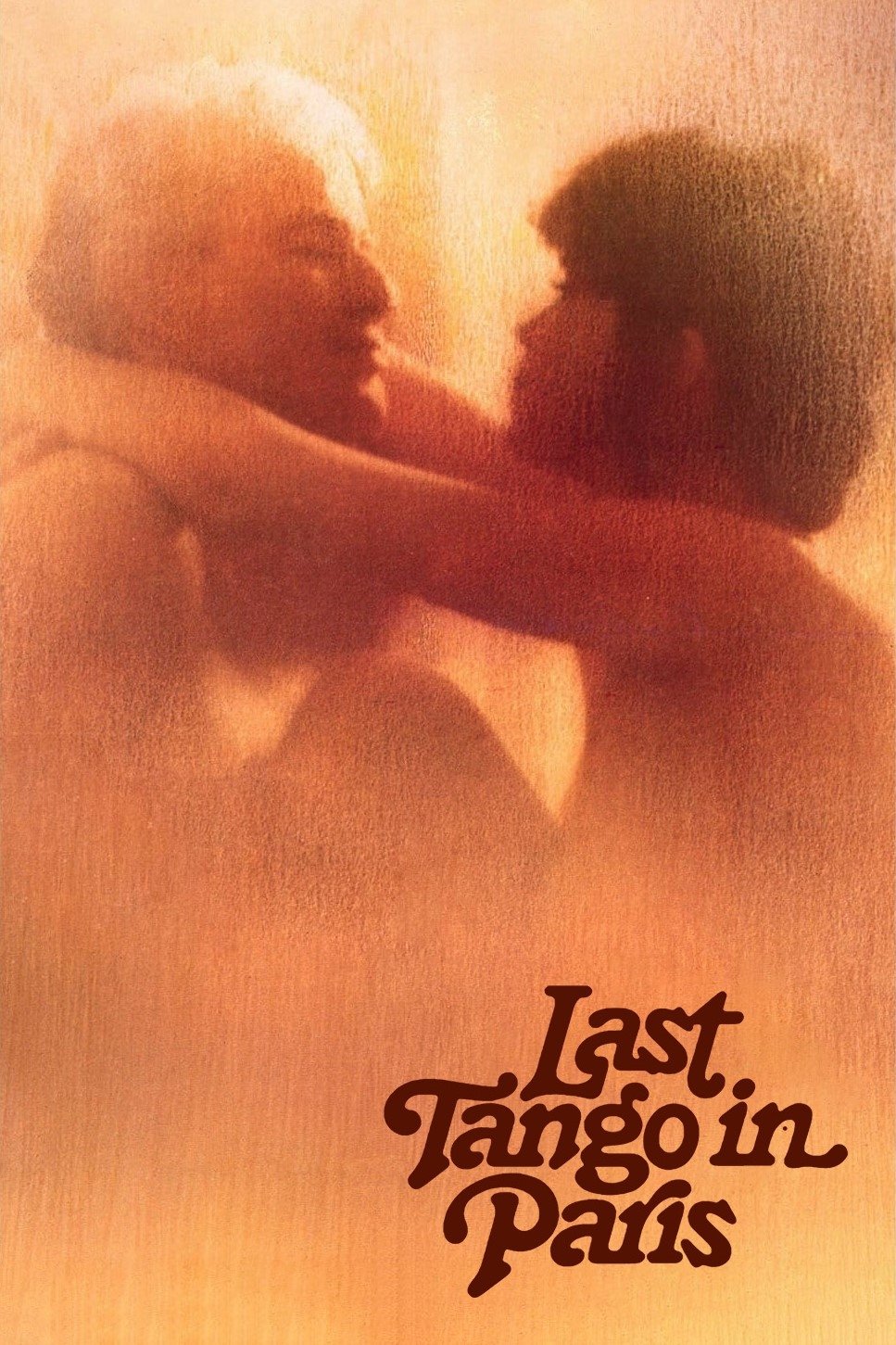
Bernardo Bertolucci’s film features Marlon Brando and Maria Schneider in a story about a secret love affair. It caused controversy and was banned in some countries, even leading to legal issues in Italy. Years later, Maria Schneider spoke about a specific scene, saying it happened without her full agreement, which sparked new discussions about the film’s production. Modern versions of the film often include documentaries that discuss the ethical considerations surrounding its making.
‘Pink Flamingos’ (1972)
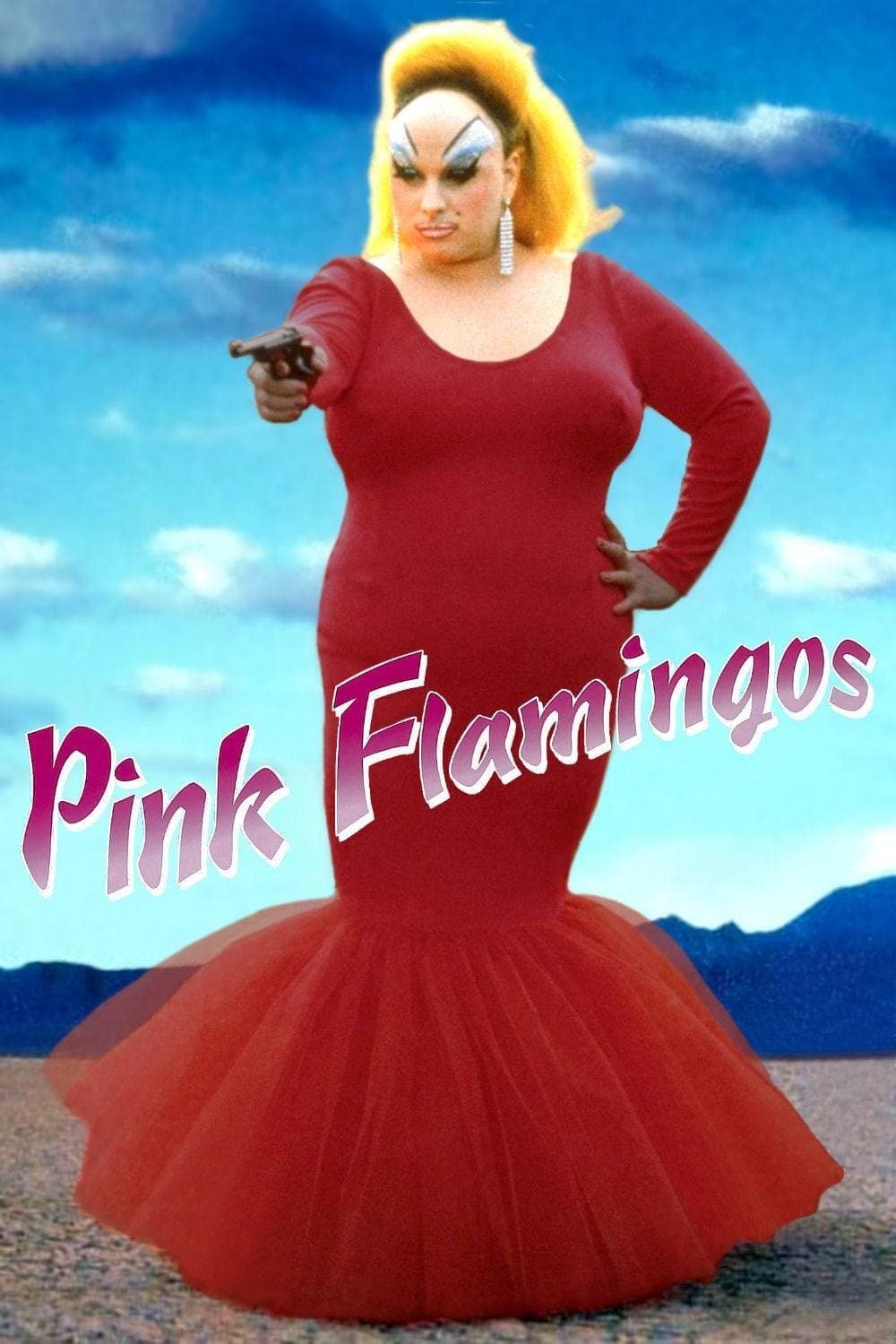
John Waters’ unconventional film gained a devoted following as a late-night cult classic, known for its shocking and outrageous scenes. Initially, it was often banned or only shown in independent theaters, and its screenings sometimes led to police interventions and film confiscations. Today, the movie is recognized for its influence on camp style and innovative methods of independent film distribution.
‘Blazing Saddles’ (1974)

Mel Brooks’ comedy Blazing Saddles playfully mocks racism and familiar Hollywood tropes using exaggerated language and shocking humor. Behind the scenes, the film sparked heated arguments among studio executives about how far the jokes could go, and some scenes were almost removed. When shown on TV, it was often heavily edited and included warnings. Today, discussions and introductions often accompany screenings to help modern viewers understand the film’s satirical intent.
‘Salò, or the 120 Days of Sodom’ (1975)

Pier Paolo Pasolini’s film adapts the story of the Marquis de Sade, setting it in a small, oppressive country and showing widespread cruelty. Because of its disturbing content, the film was banned or heavily censored in many places for years. Even today, film archives often limit access to it, usually showing it with accompanying discussions by experts. When the film is restored, the documentation often includes details about its complicated legal past.
‘Cannibal Holocaust’ (1980)
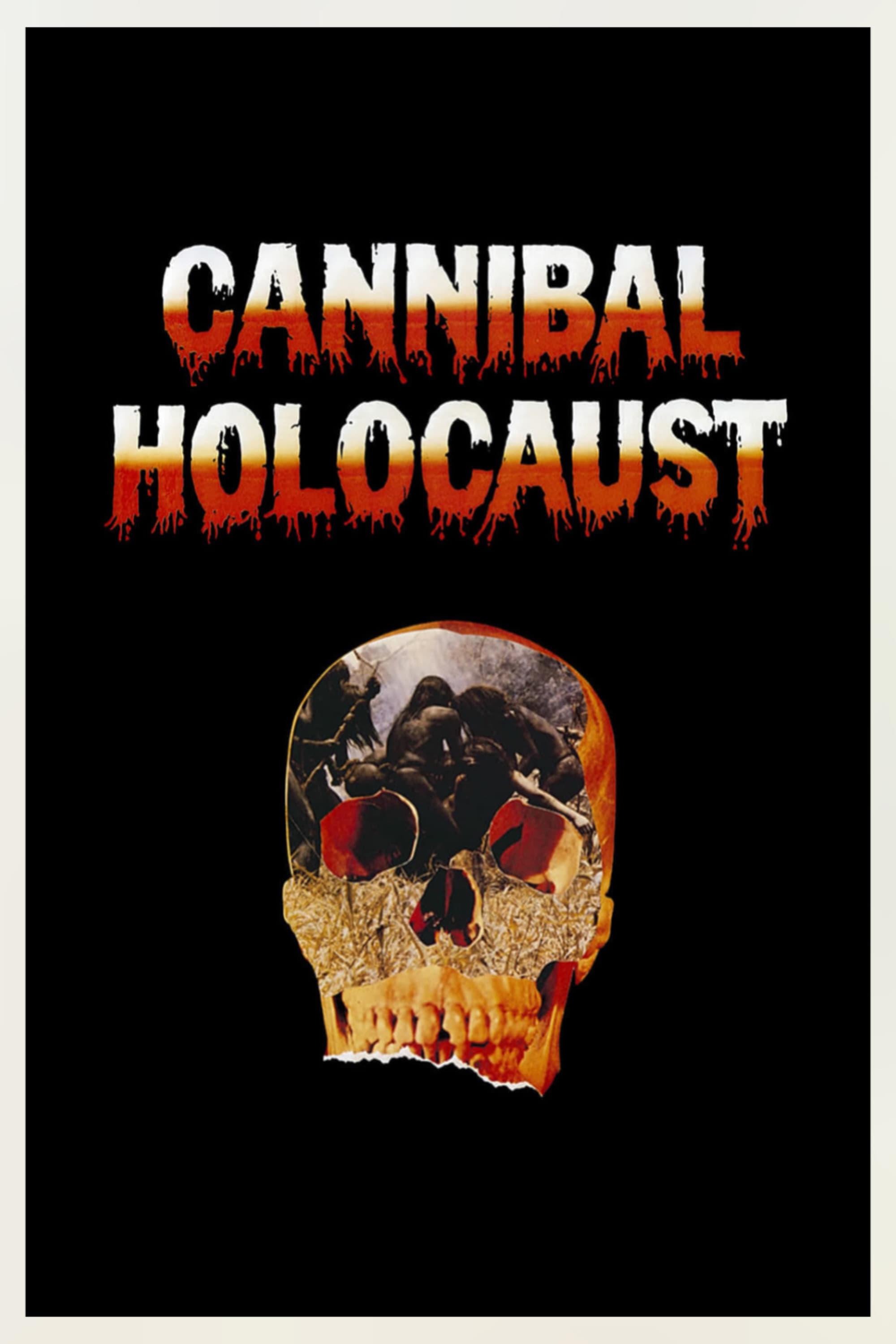
I remember when Ruggero Deodato’s film first came out, it was totally scandalous! It got seized by the Italian authorities and Deodato was actually charged with obscenity. What made it so controversial was that real animals were killed during filming, which caused huge protests and led to all sorts of content warnings. It even got so bad that the director had to prove his actors were still alive because people thought some of the scenes were real! Most copies of the film now come with documentaries explaining the legal issues and warnings about the animal cruelty involved.
‘Sixteen Candles’ (1984)
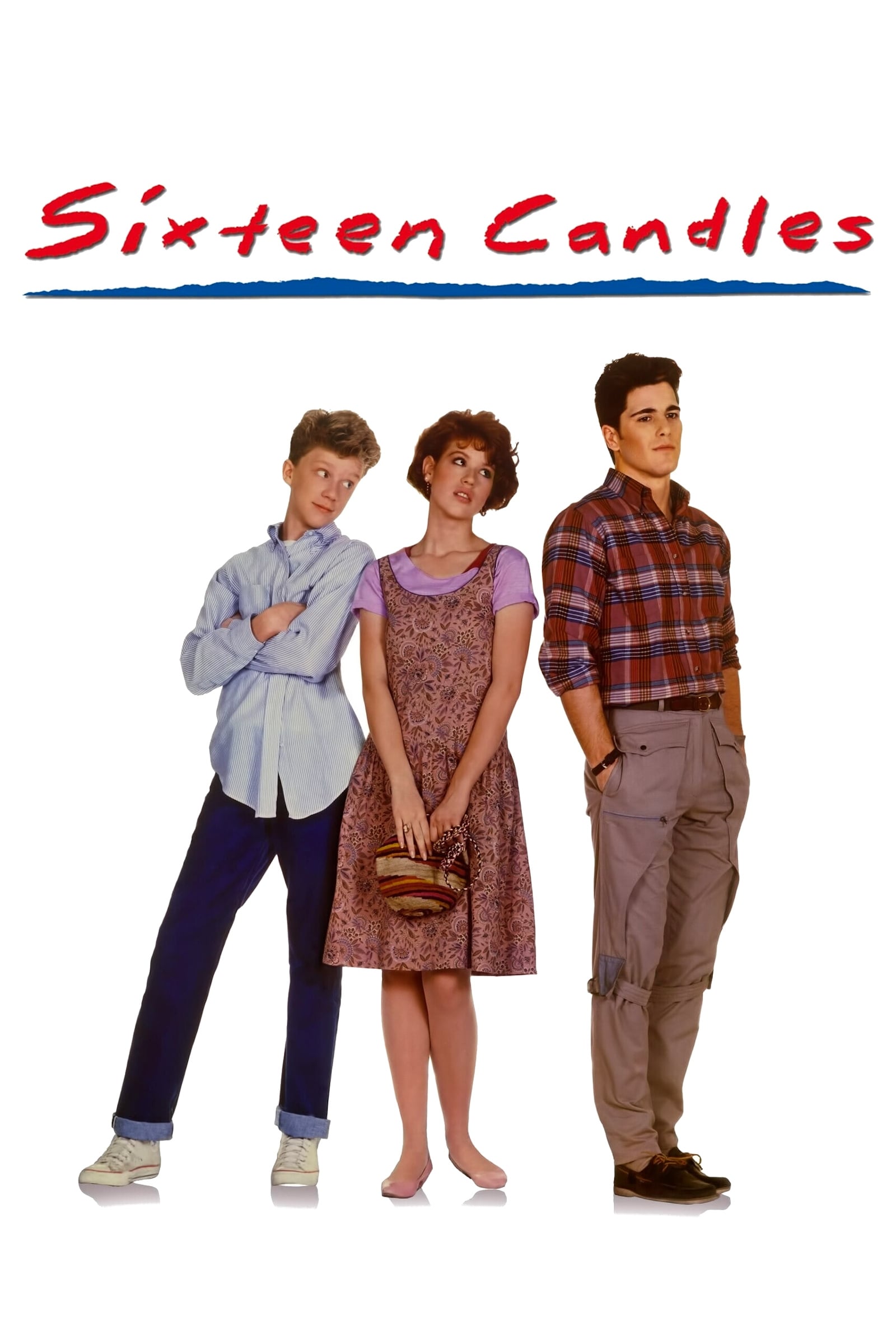
The classic teen comedy by John Hughes includes a character, Long Duk Dong, whose depiction has been called racist. The film also contains a storyline about alcohol and consent that has received renewed attention from critics and teachers. When shown on television, the movie is often edited to remove offensive language. People involved with the film have also discussed how some of the humor hasn’t held up over time.
‘The Last Temptation of Christ’ (1988)
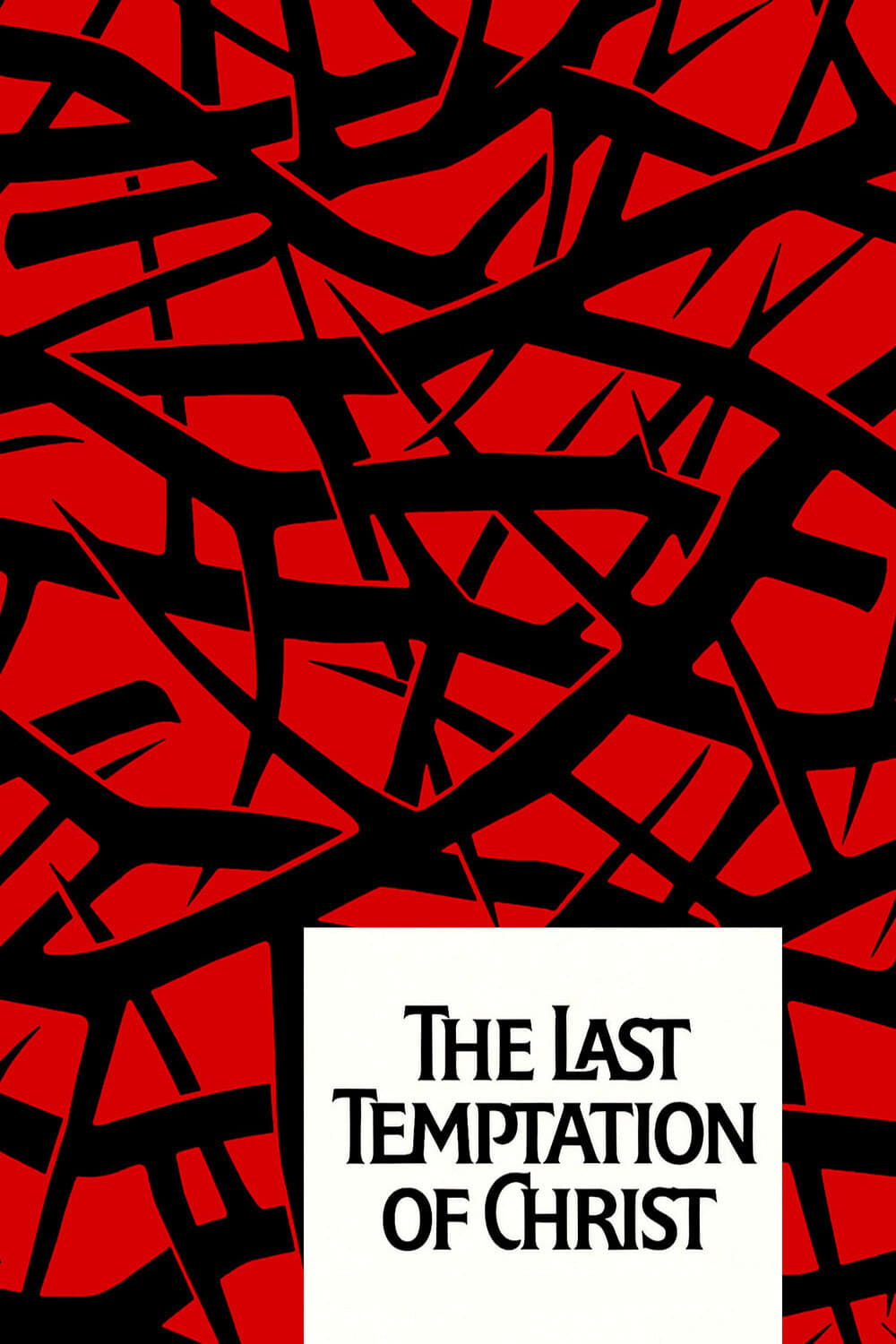
Martin Scorsese’s film version of Nikos Kazantzakis’s novel portrays Jesus as a complex character with relatable human struggles. This approach sparked controversy, leading to protests from religious groups and some cinemas cancelling plans to show the movie. In several areas, the film faced restrictions or was given age ratings higher than usual. Later releases of the film included discussions with religious scholars and filmmakers about the importance of artistic expression.
‘Kids’ (1995)
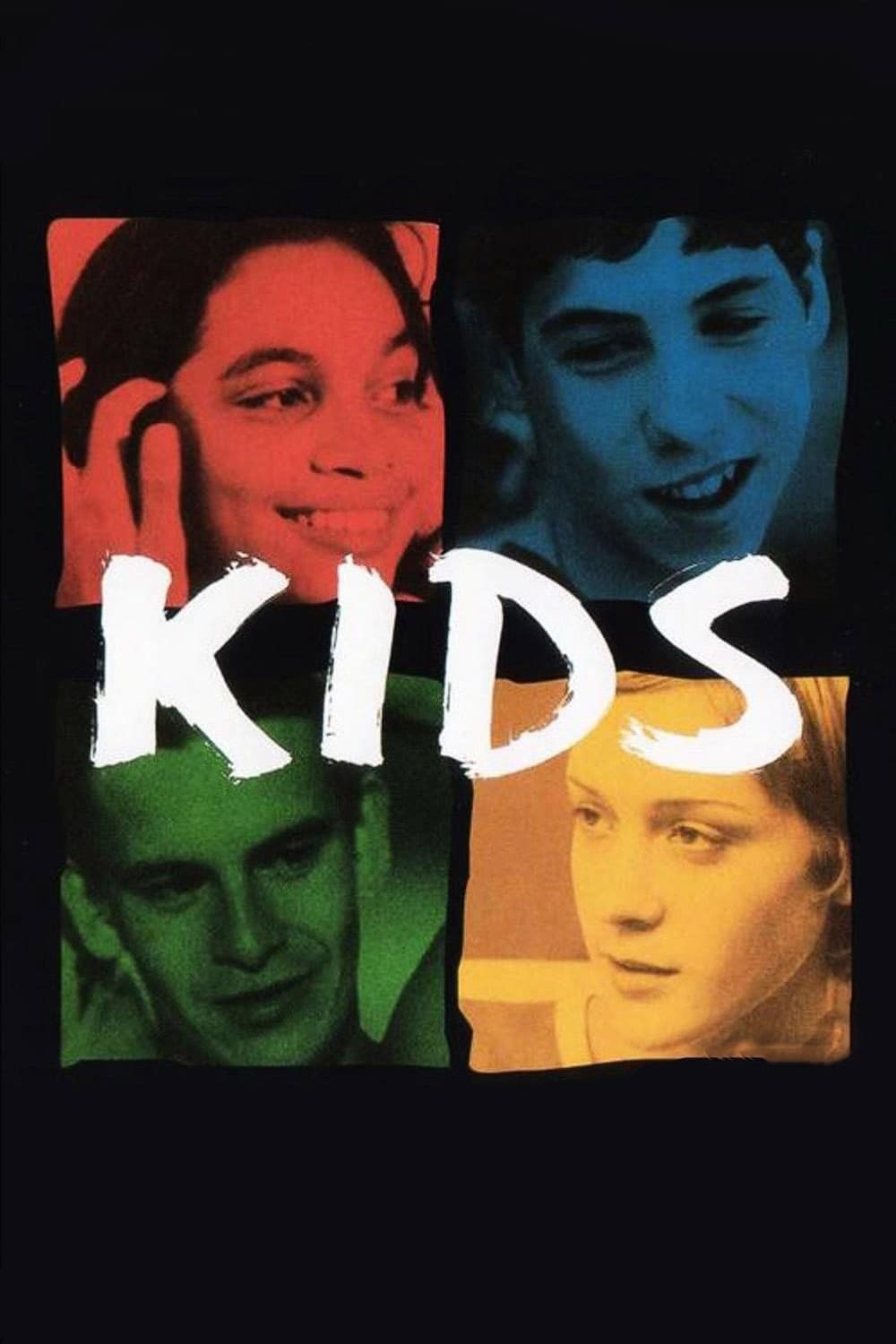
Larry Clark’s film depicts a day in the lives of New York City teens, exploring themes of sex, drugs, and the impact of HIV. Released without a rating, it was distributed outside of major studios, sparking controversy over whether it realistically portrayed young people or exploited them. The film is also notable for its use of non-professional actors and its soundtrack, both of which became examples of successful independent filmmaking techniques.
‘Team America: World Police’ (2004)
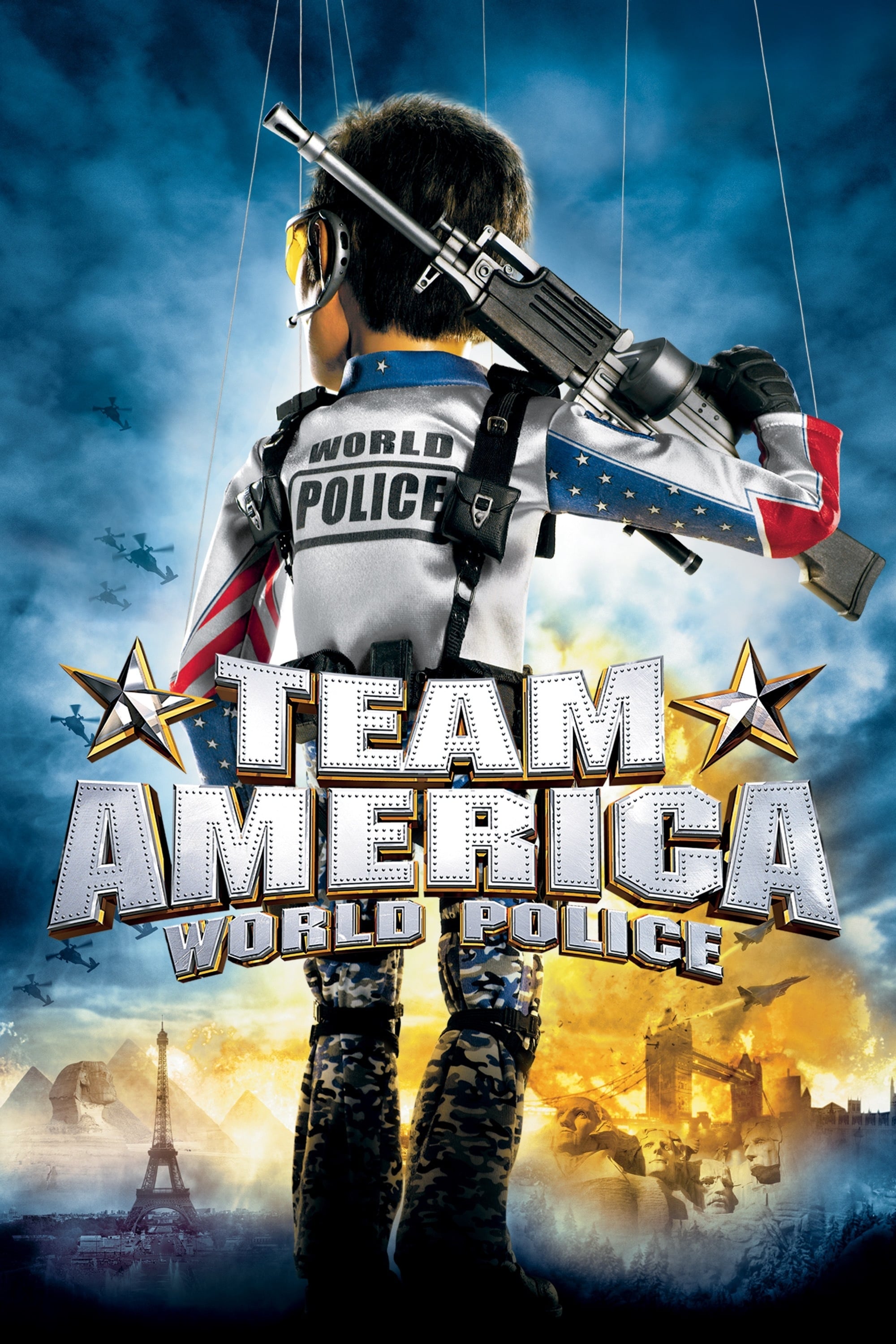
The comedy creators Trey Parker and Matt Stone take on big topics like world politics, celebrity activism, and the imagery of dictatorships in their film. It needed some editing to be shown in theaters, and some countries either banned parts of it or shortened it. The movie’s impressive miniature sets and puppets are showcased in detailed behind-the-scenes footage. When you buy it on DVD or Blu-ray, you can choose between the edited version shown in theaters and a longer, uncensored cut, both with audio commentary.
‘Borat’ (2006)
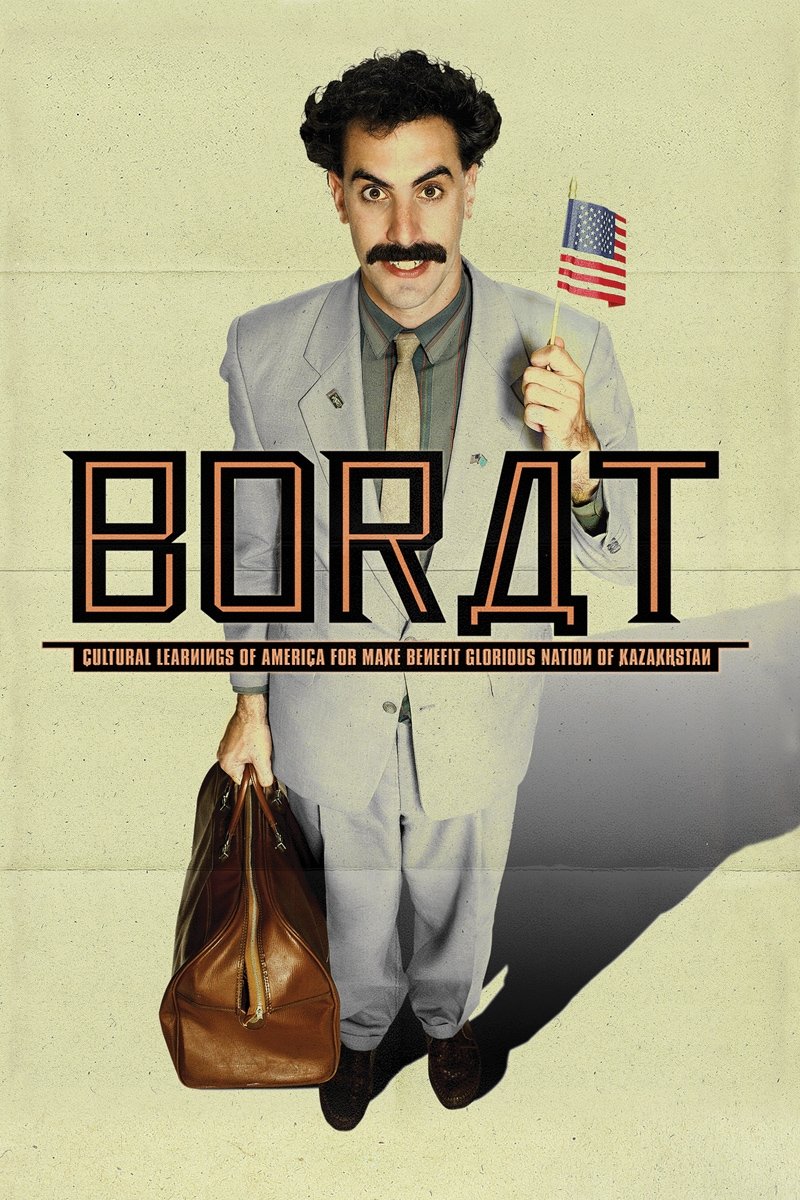
Sacha Baron Cohen’s film is a fake documentary that follows a made-up journalist from Kazakhstan as he travels around the U.S. The film caused controversy, with some people featured in it filing lawsuits – most of which were unsuccessful – and the Kazakh government protesting its depiction of the country. Filming was done in a spontaneous, ‘guerrilla’ style, leading to unexpected on-camera clashes and frequent changes of location. Despite the controversy, the movie was a big hit in theaters and sparked discussions about whether people fully understood what they were agreeing to when participating in this type of comedic documentary.
‘Tropic Thunder’ (2008)

Ben Stiller’s comedy makes fun of Hollywood and features a character who wears controversial makeup for a part. Disability advocates raised concerns about another character’s lines and how the movie was advertised. The studio responded by releasing statements and changing some of the promotional materials. Critics and the studio itself have described the film as part of a long history of Hollywood poking fun at itself.
‘The Green Berets’ (1968)
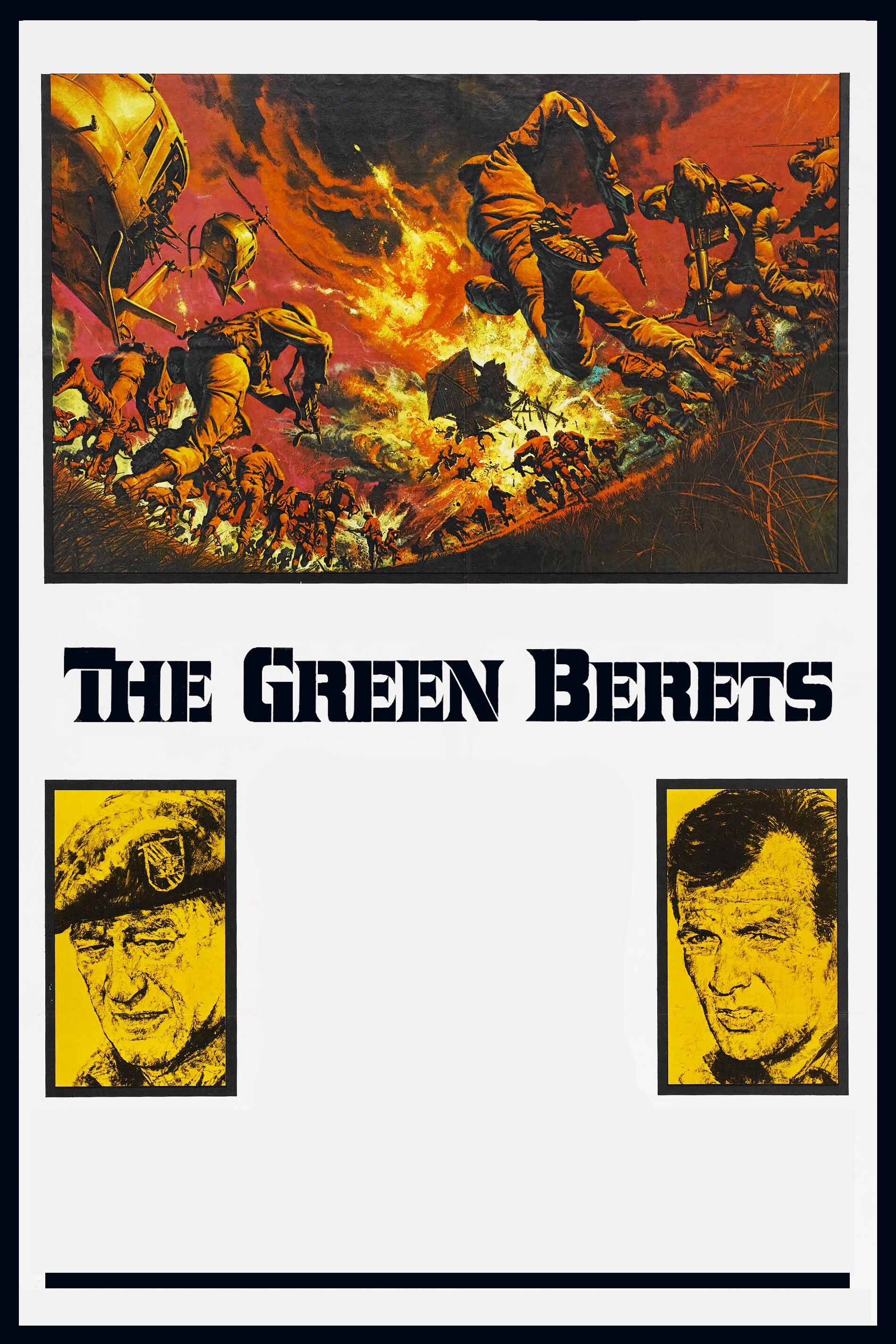
I remember when The Green Berets came out – it really felt like a movie meant to show us why America was involved in Vietnam. John Wayne, who also directed it, clearly believed in the war effort. But even back then, a lot of critics pointed out that it didn’t really capture the complexities of the conflict and that the Vietnamese characters felt pretty one-dimensional. It’s well known the Pentagon really helped out with the film, providing equipment and support. It quickly became a major talking point, with people debating whether it was a straightforward movie or something closer to propaganda. It really sparked a conversation about how accurately war is portrayed on film.
‘The Party’ (1968)

Peter Sellers portrayed an Indian character in a film using makeup and an exaggerated accent, a practice that has since faced strong criticism from activists and historians. Whenever his work is revisited, the film sparks debate about its problematic depiction of race. Today, screenings often include discussions or introductory notes acknowledging these concerns and addressing representation.
‘Dirty Harry’ (1971)

Clint Eastwood plays a police officer tracking a serial killer, but his methods often conflict with legal rules and police regulations. The film sparked criticism from civil rights groups who felt it portrayed unfair police practices and ignored proper legal procedures. The character became widely popular through sequels and related products, and is still discussed today in law and criminology classes as an example of how media can influence perceptions of policing.
‘The Deer Hunter’ (1978)
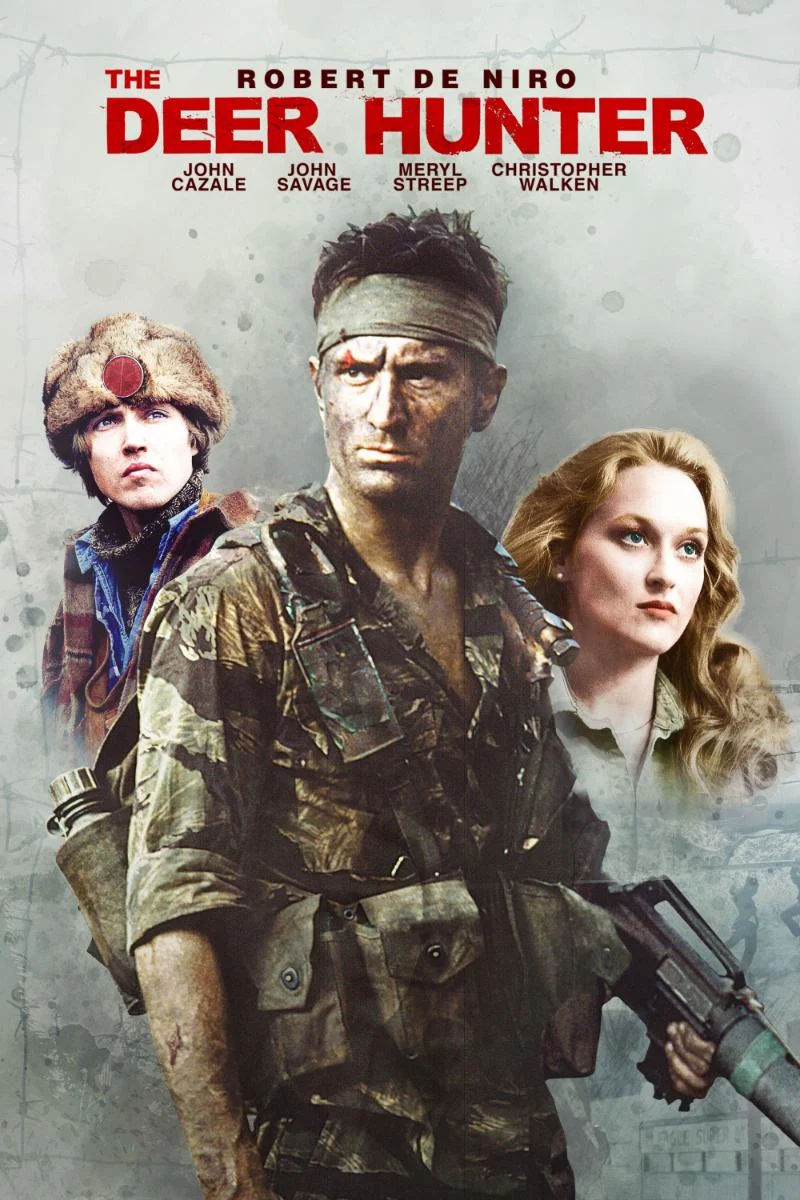
The film includes scenes reminiscent of Russian roulette set during the Vietnam War, which sparked strong reactions from veterans’ groups. Some organizations questioned how accurately the movie portrayed events and the Vietnamese soldiers involved. Despite the controversy, the film received several Academy Awards and continued to be a source of debate, even at award shows. When shown at international film festivals, the movie faced organized protests and required increased security.
‘Trading Places’ (1983)
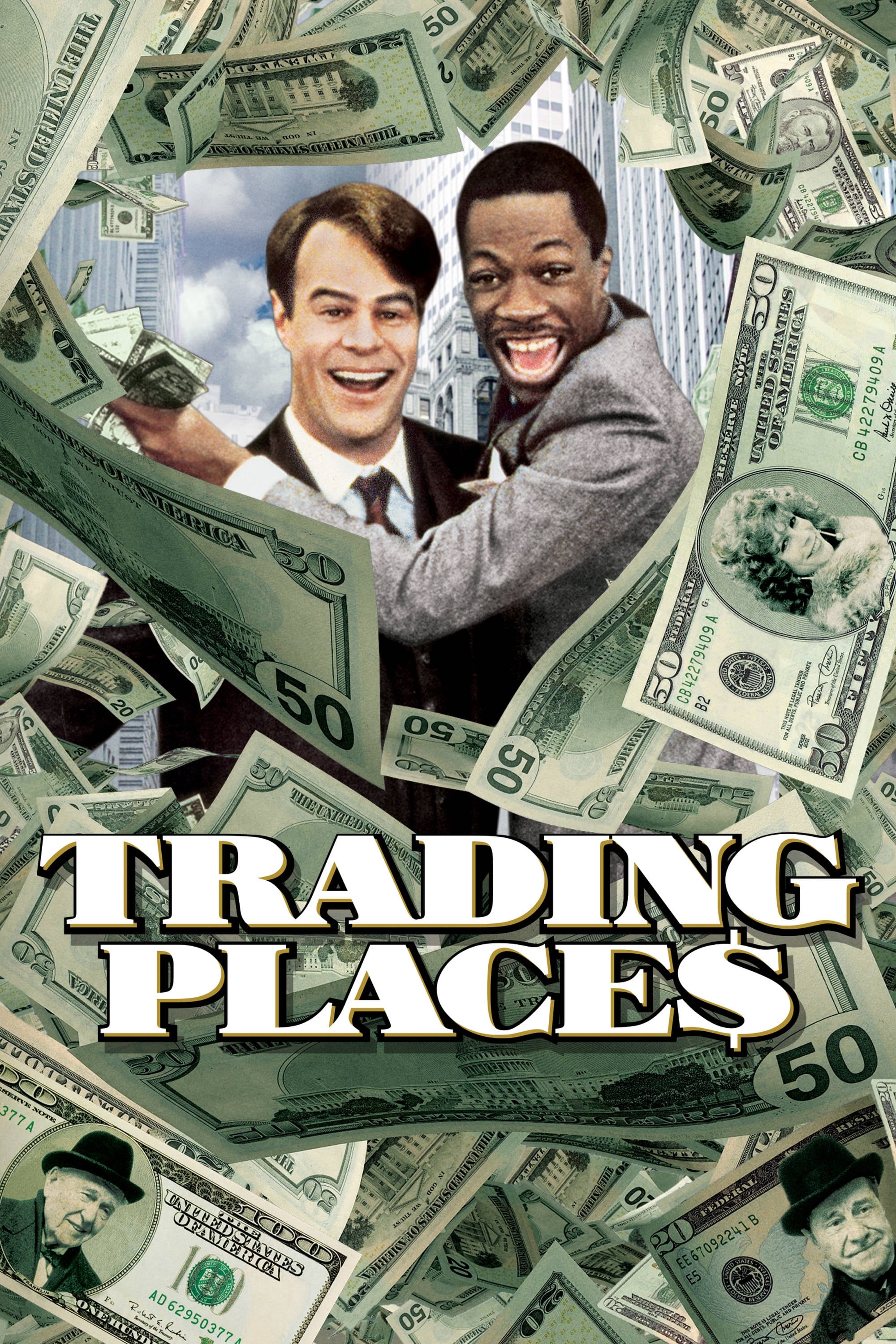
This funny movie centers around a social experiment where a wealthy financial professional and a con artist switch lives. A New Year’s Eve party scene originally included problematic depictions of race, with one character in blackface and another in a harmful stereotype. Later television broadcasts edited or altered this scene. Today, the film is often discussed as an example of how comedies from the 1980s dealt with issues of race and social class.
‘Indiana Jones and the Temple of Doom’ (1984)

The second Indiana Jones movie sparked controversy in India due to its fictionalized depiction of a cult and how it showed local traditions. Some intense scenes helped lead to the creation of the PG-13 rating system in the US. India wouldn’t allow the filmmakers to shoot there, so production moved to other countries. The filmmakers later admitted that their portrayal of cultures was inspired by old adventure serials and wasn’t necessarily accurate.
‘Police Academy’ (1984)
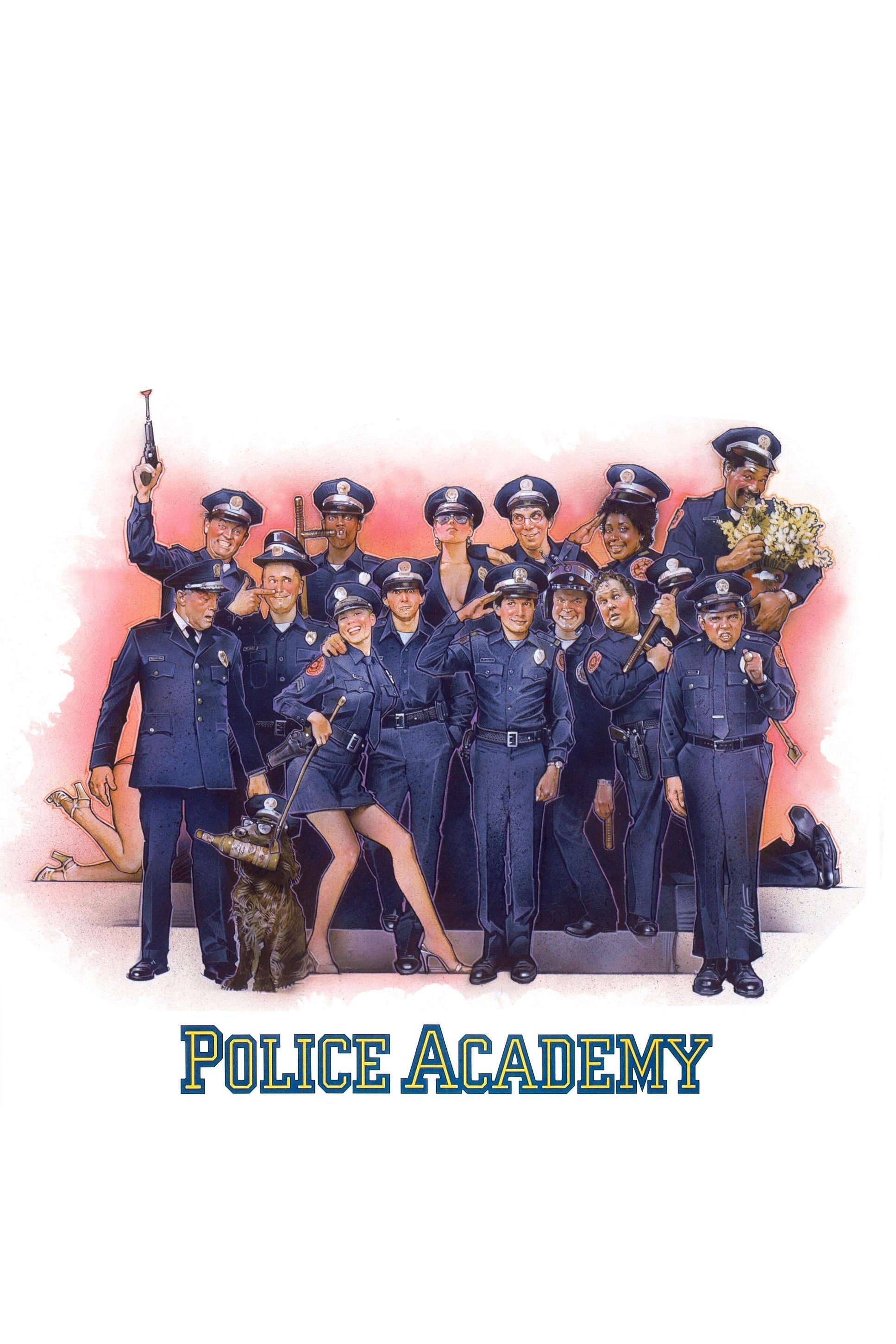
The film centers around a team of unlikely new recruits and uses humor that often pokes fun at different groups of people. Reviewers pointed out that some jokes repeatedly relied on harmful stereotypes and offensive language. To make it suitable for television and airline viewing, certain parts were either cut or toned down. The series continued with several sequels, all of which featured similar comedic styles and required ongoing edits to address content concerns.
‘Soul Man’ (1986)
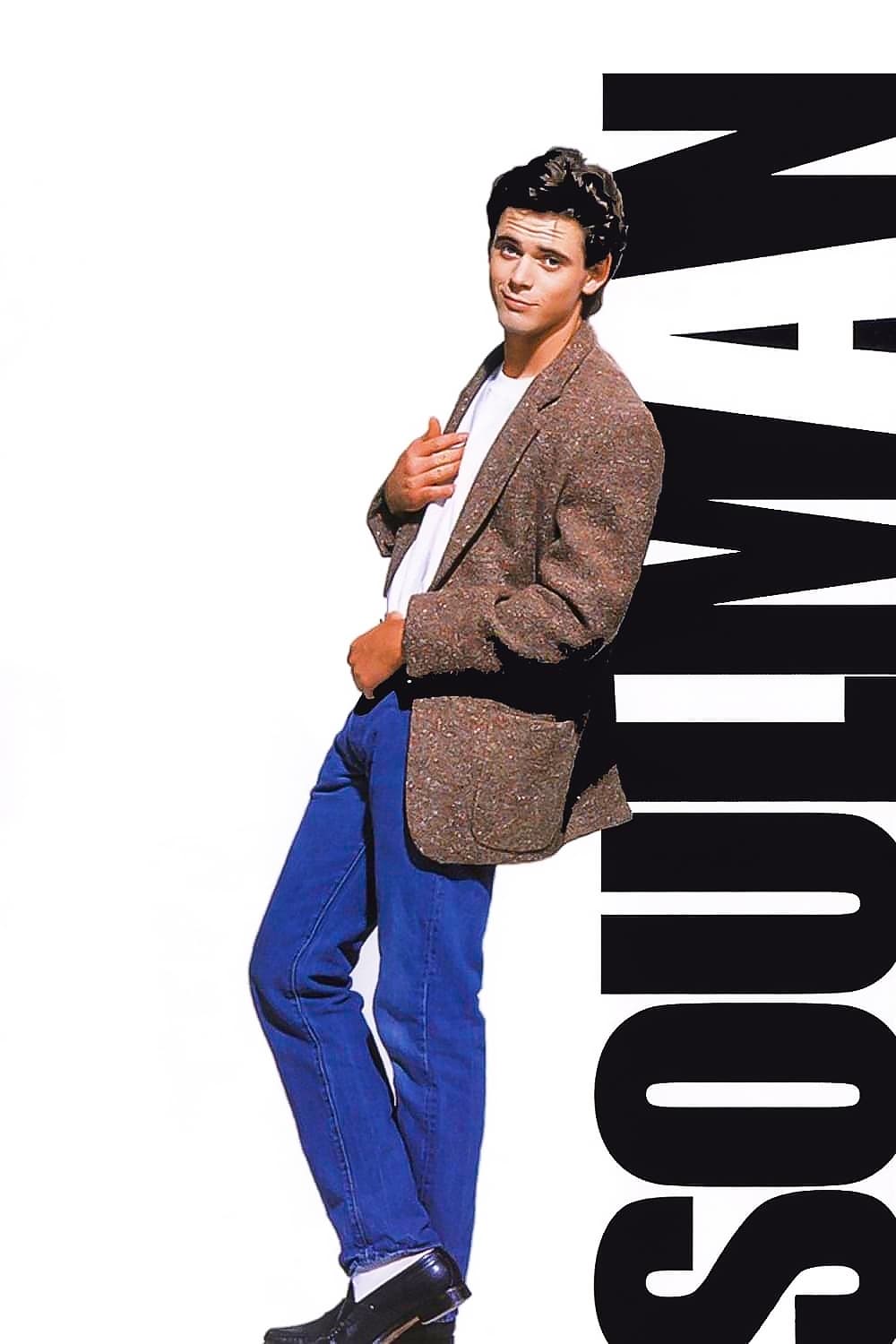
A college student pretends to be Black by using tanning pills to try and win a scholarship. This idea sparked strong criticism from civil rights groups, who protested the film when it was first shown. The filmmakers tried to explain their intentions during interviews and promotional events. However, because of the ongoing controversy, the film hasn’t been widely marketed on home video.
‘Mississippi Burning’ (1988)
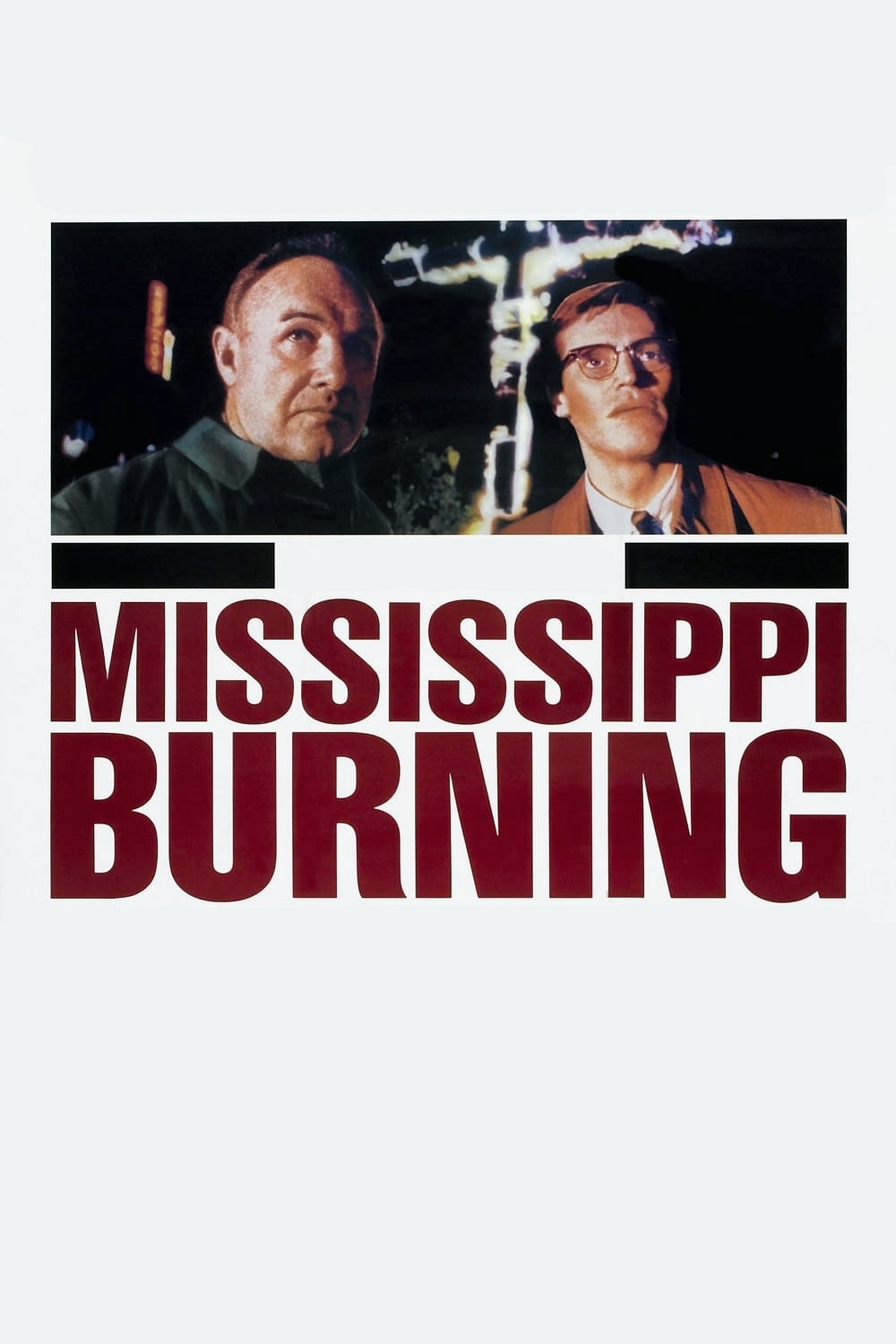
This movie is based on the true story of the FBI’s investigation into the murders of three civil rights activists. However, many historians and activists pointed out that the film focused too much on the white FBI agents involved and didn’t give enough attention to the Black organizers who were crucial to the movement. Because of this, some groups protested the film when it was up for awards. When used in classrooms, the movie is often shown alongside original documents and materials to help students understand what was left out or changed for dramatic effect.
‘The Silence of the Lambs’ (1991)

Buffalo Bill faced backlash from LGBTQ+ advocates who felt the character relied on damaging stereotypes. The filmmakers addressed these concerns and explained their approach to identity in interviews and on the film’s commentary track. The movie sparked protests at early showings in multiple cities, and the resulting discussion continued in the news throughout its awards season.
‘Falling Down’ (1993)
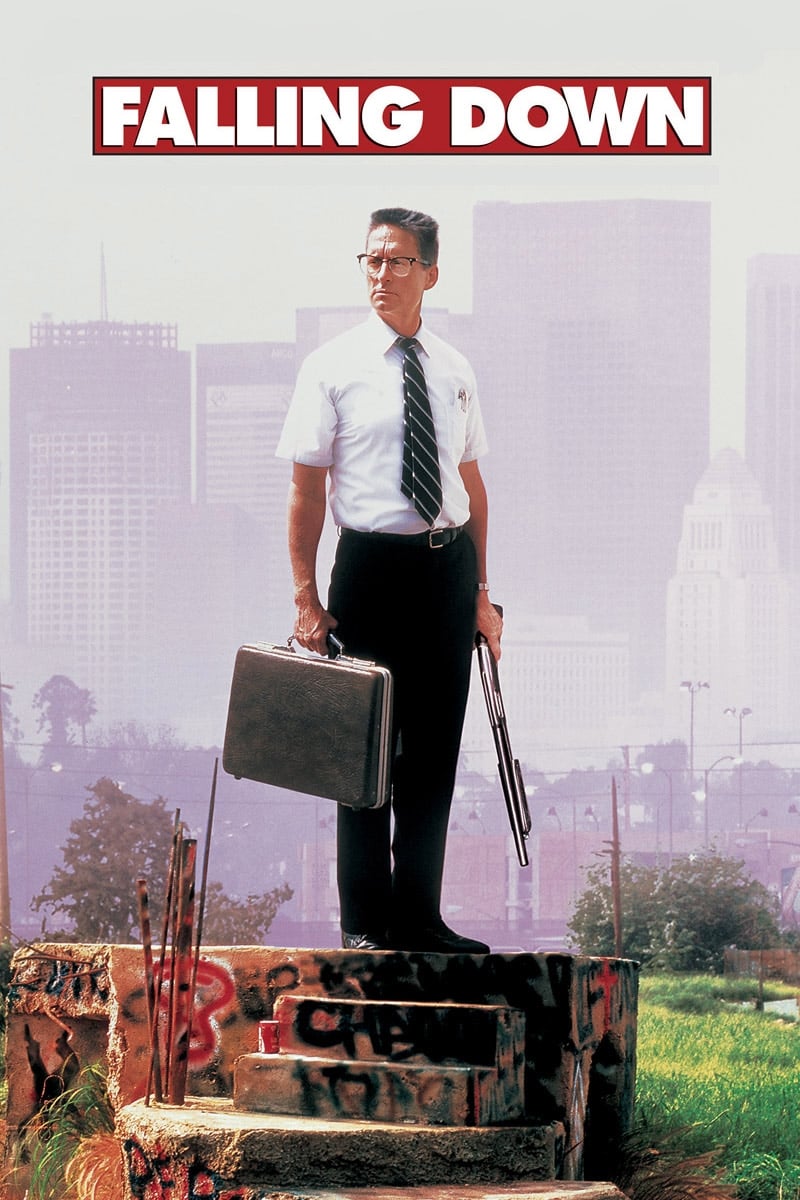
After losing his job at a defense company, a man wanders Los Angeles and repeatedly clashes with people he meets, including both ordinary citizens and the police. The film’s portrayal of immigrants, workers, and law enforcement sparked controversy, with some accusing it of promoting anti-immigrant sentiment and encouraging people to take the law into their own hands. Police departments even issued warnings about the possibility of others imitating the film’s events. It later became a popular example used in classes studying city planning and how media portrays different groups.
‘Ace Ventura: Pet Detective’ (1994)
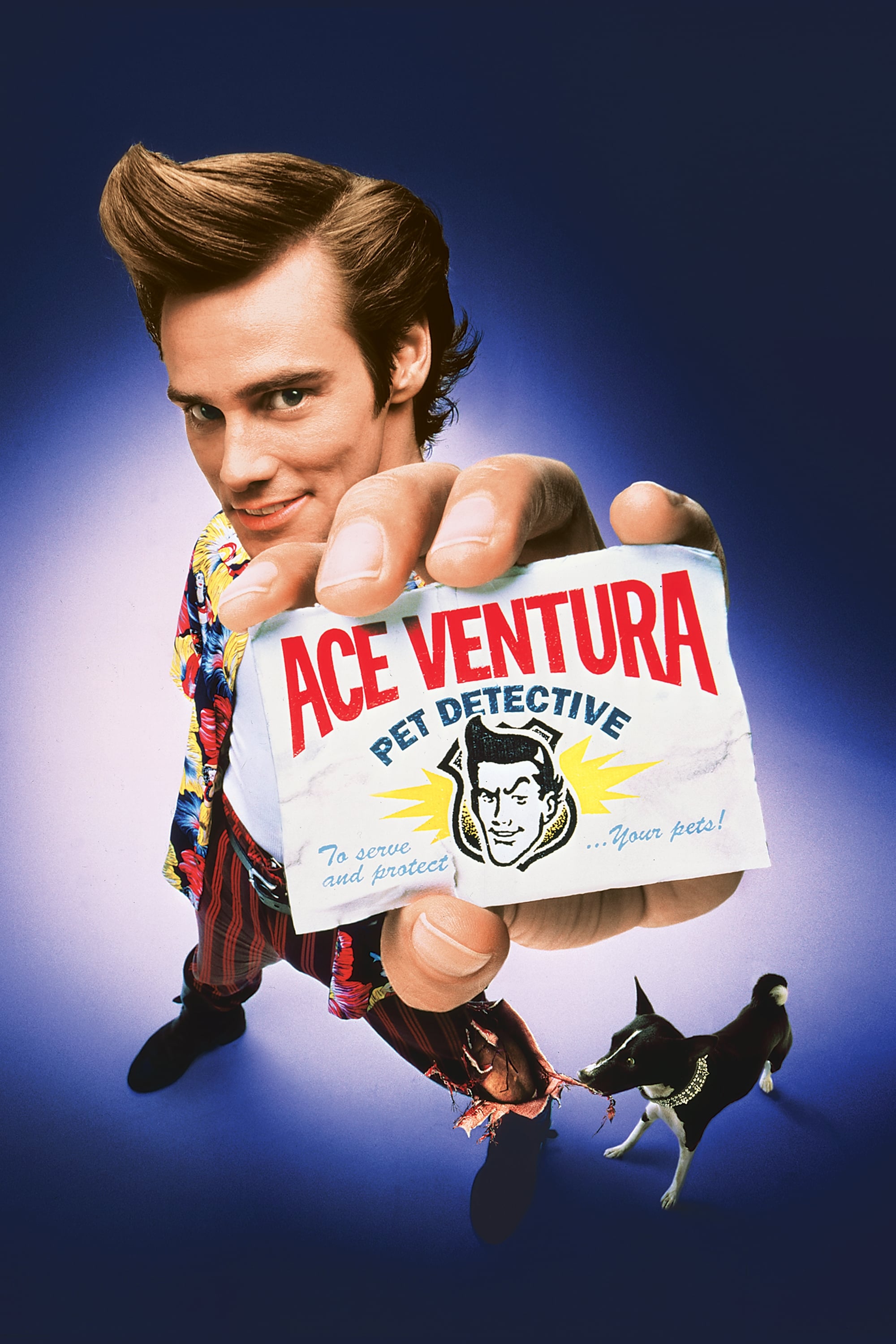
A plot twist featuring a transgender character sparked criticism from LGBTQ+ advocacy groups who felt it relied on harmful stereotypes. Subsequent television broadcasts edited out or shortened scenes related to this storyline. In recent interviews and discussions looking back on the show, cast and crew members have discussed this controversial material. When the show is available on streaming services, some regions now include warnings before certain episodes.
‘True Lies’ (1994)
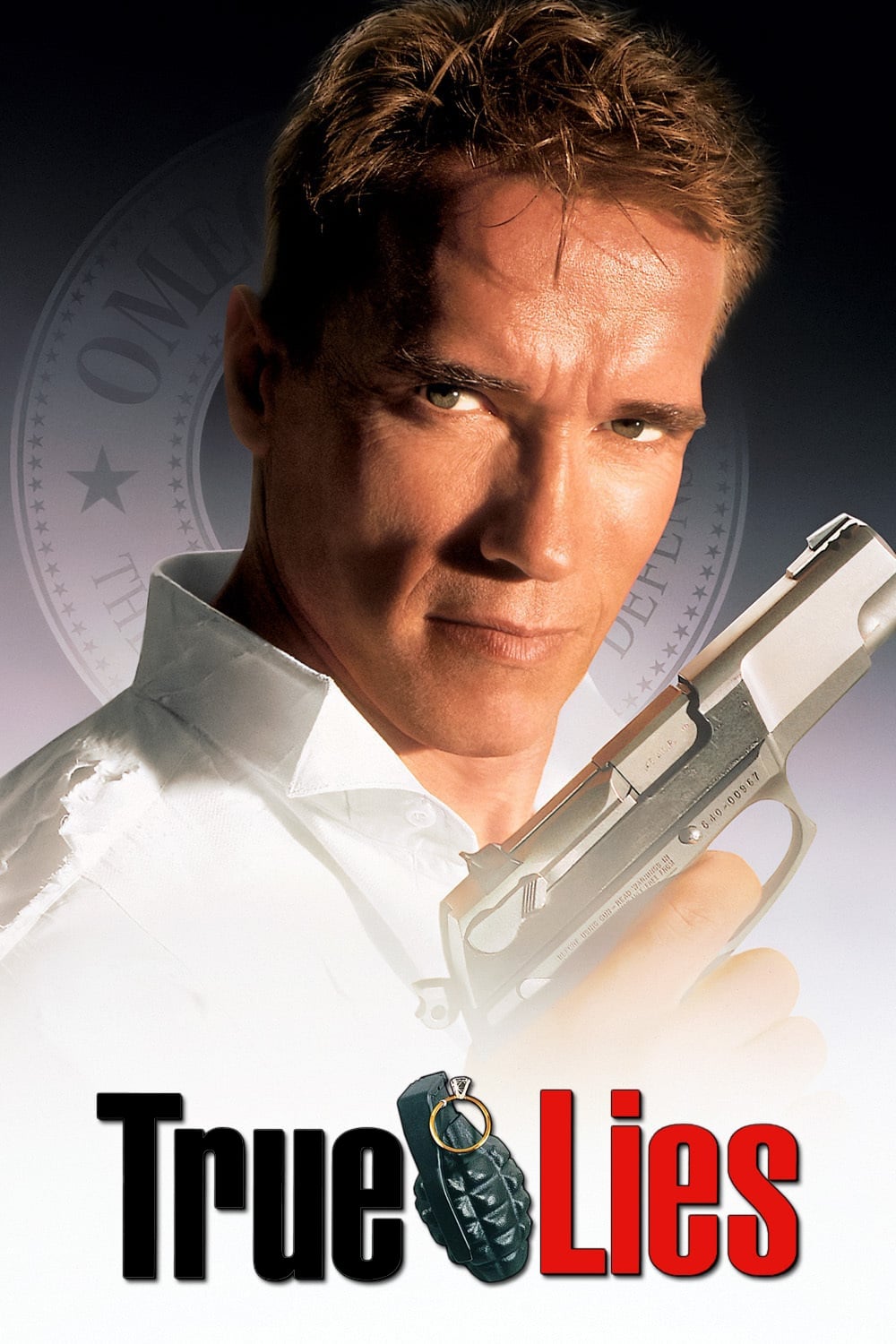
This funny action movie faced criticism from Arab American groups who felt it presented negative stereotypes of people from the Middle East. The filmmakers worked with the Department of Defense to get planes and sets, which some people questioned. When the movie was released in other countries, the advertising was changed to avoid causing offense. Recently, plans for a TV show based on the movie brought the original film’s portrayals of characters back into discussion.
‘Aladdin’ (1992)
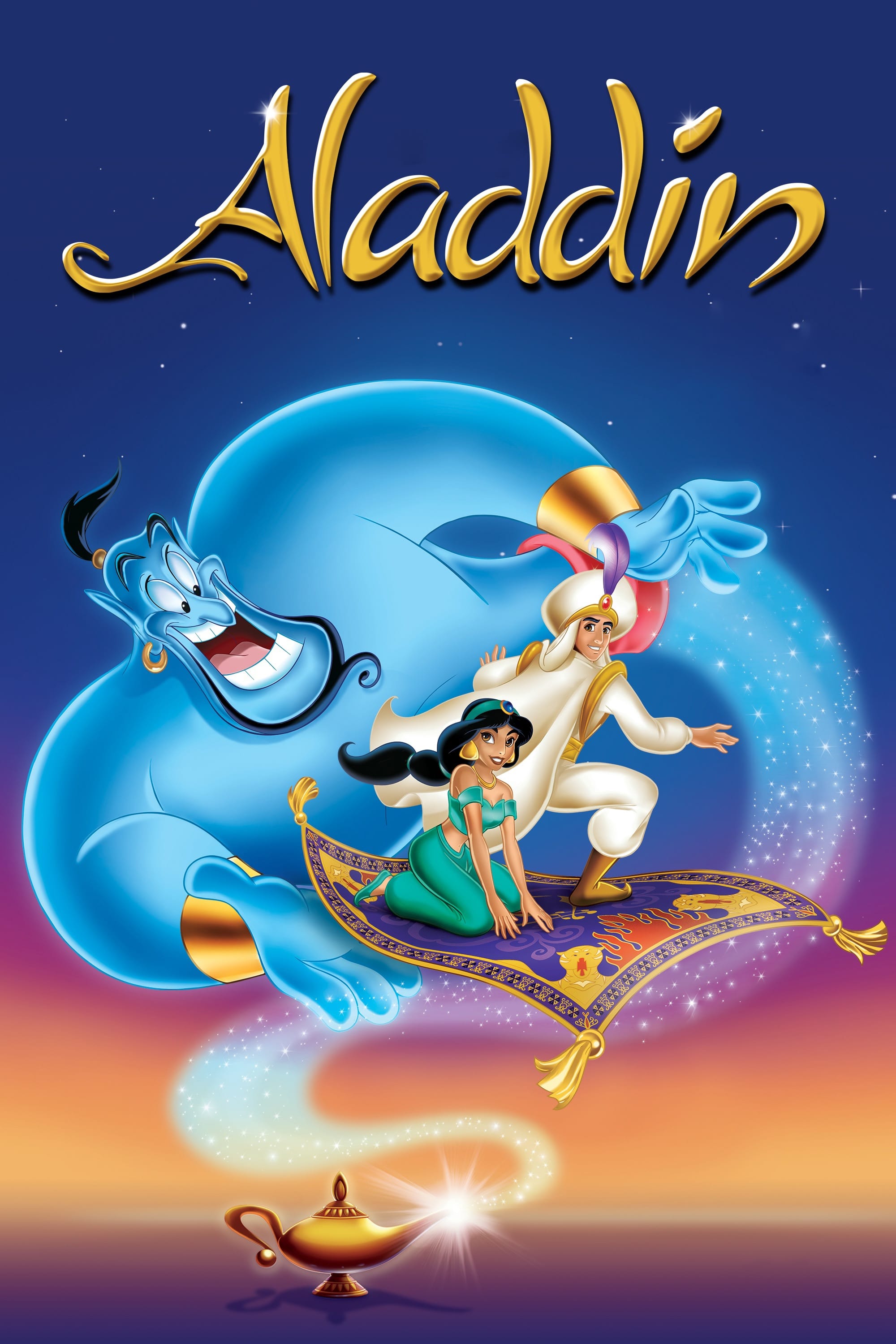
The animated movie initially included a song lyric that was later changed because of how it described the story’s location. Some groups protested certain character designs and voices, arguing they relied on harmful stereotypes. Later versions of the movie’s soundtrack and those available for home viewing replaced or edited the lyric. Today, many releases include a disclaimer acknowledging that some of the film’s depictions of culture are now considered outdated.
‘The Passion of the Christ’ (2004)
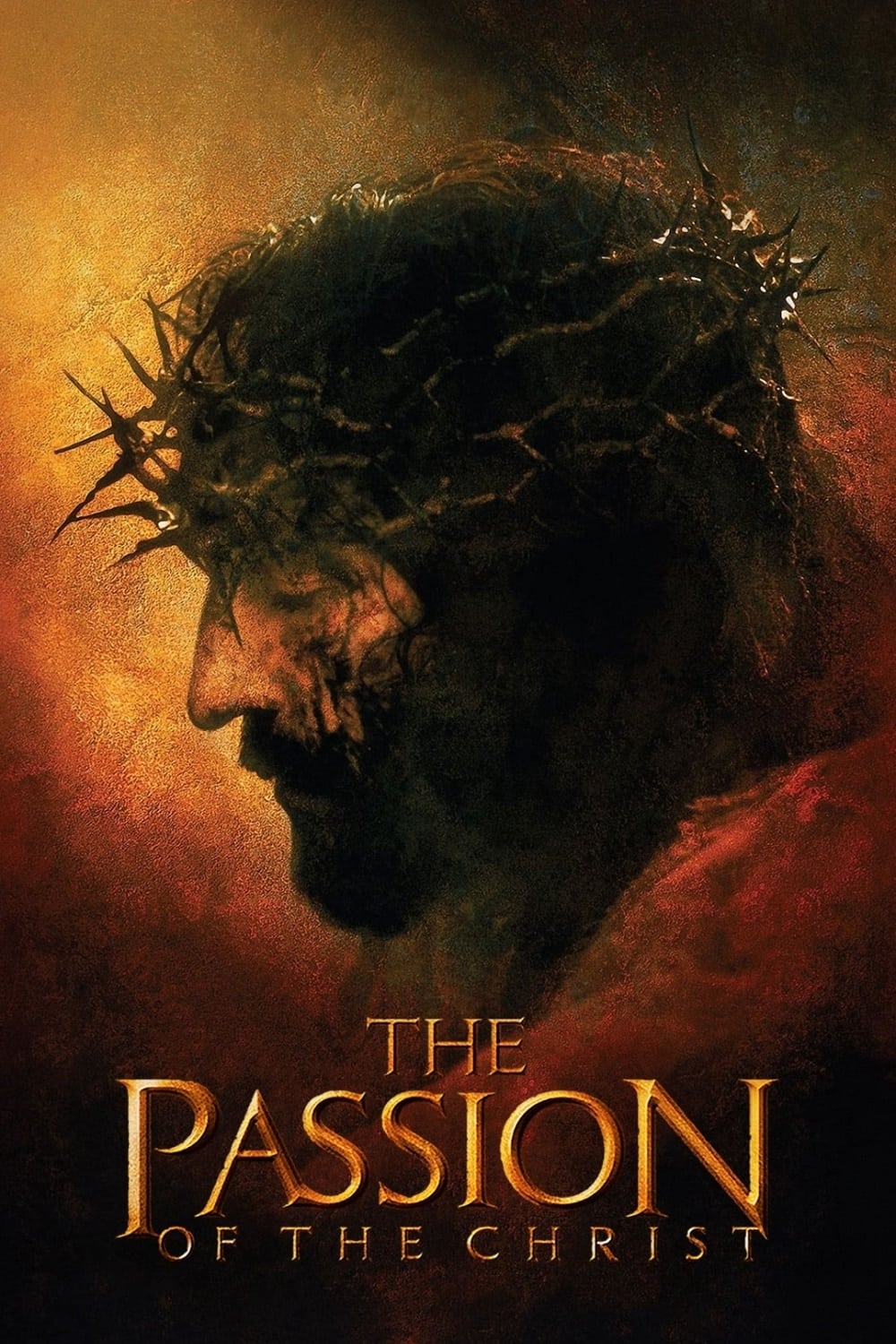
The film sparked debate among religious figures and experts who questioned whether it contained antisemitic themes. Its intense violence led to higher age restrictions internationally and inspired churches to organize special showings. The filmmakers’ choice to use Aramaic and Latin with subtitles became a key part of both the film’s promotion and the controversy surrounding it. Later releases of the film include documentaries detailing the protests and public reaction to its release.
‘300’ (2006)

The movie ‘300,’ a fictionalized account of the Battle of Thermopylae, sparked criticism from Iranian officials and cultural experts regarding its portrayal of Persians. The studio often pointed to the film’s basis in a graphic novel when responding to questions about historical accuracy. The movie also became a topic of discussion at academic conferences focused on how ancient history is presented in popular culture. Beyond the film itself, related merchandise and spin-off content continued these conversations within schools, among fans, and in other communities.
‘I Now Pronounce You Chuck & Larry’ (2007)
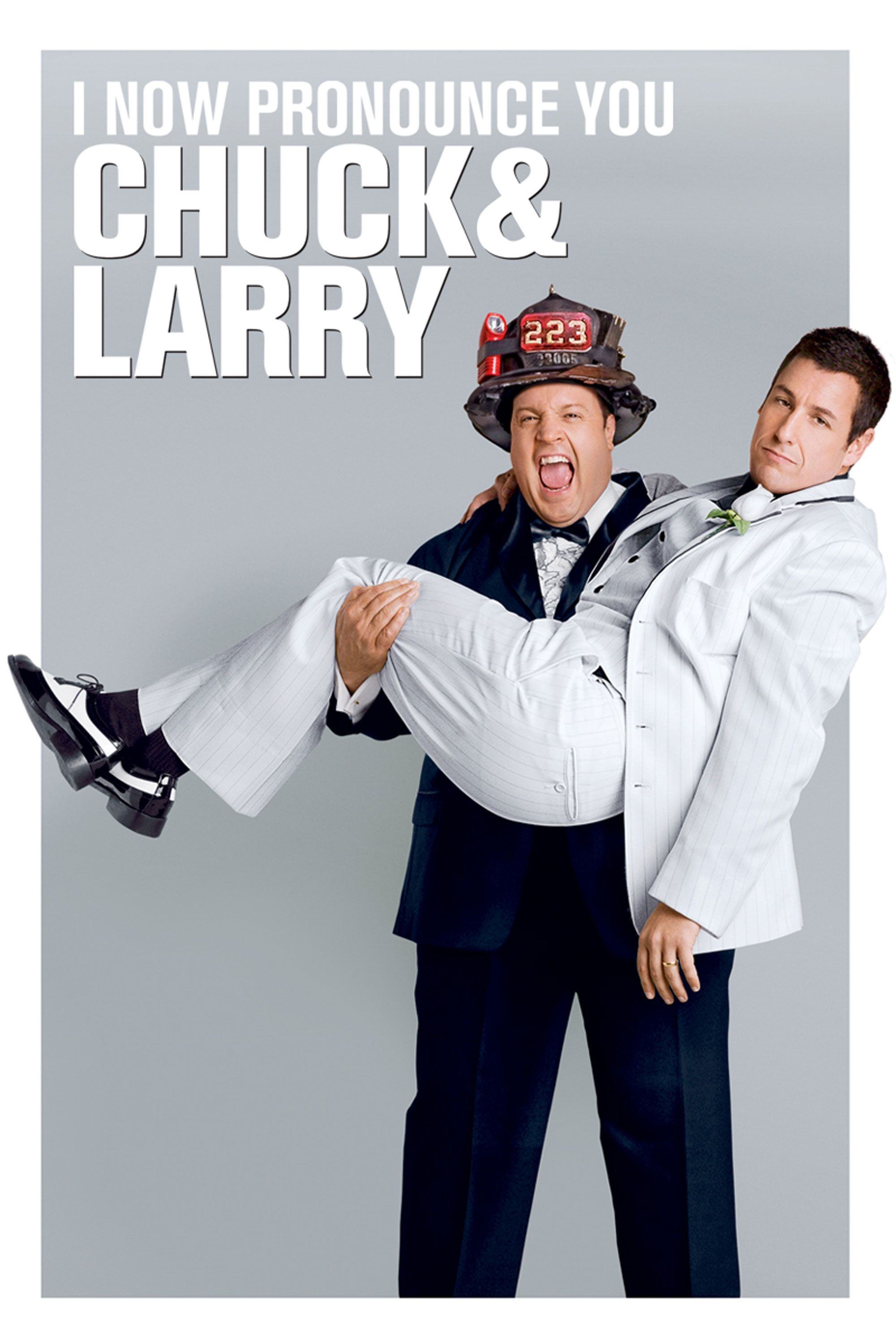
When two firefighters entered into a committed relationship to receive benefits, they faced stereotypes and insensitive jokes. After initial criticism, the studio worked with LGBTQ+ advocacy groups to revise the portrayal. While the final version included script changes and a message about equality, some critics still pointed out instances of stereotypical characters in their reviews and analyses.
‘Gran Torino’ (2008)
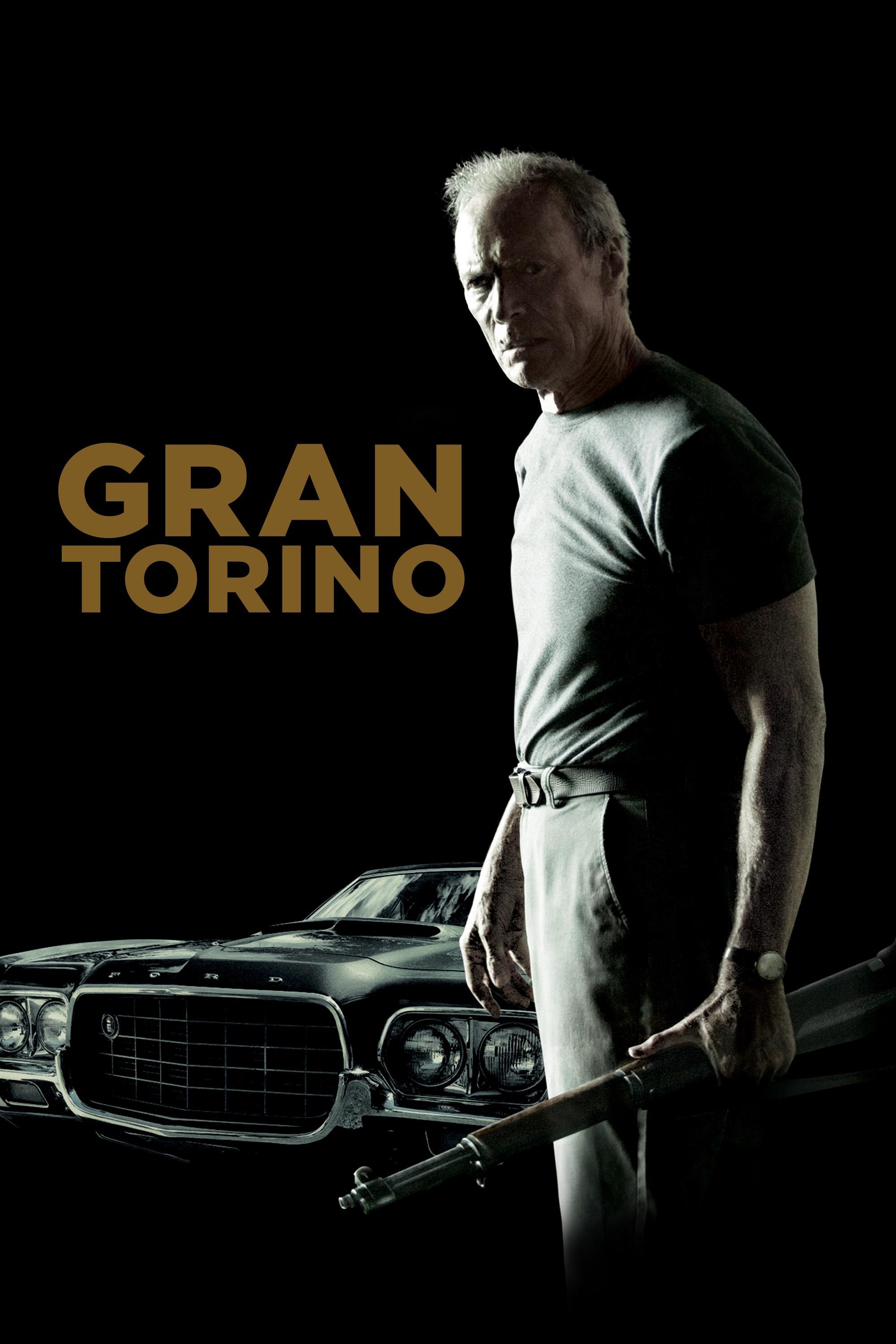
The film follows a Korean War veteran who frequently uses offensive language towards his neighbors. This language and the way Asian American characters were depicted drew criticism from community leaders and experts. The film sparked discussions in town halls and on college campuses about how media portrays different groups, and some international releases included warnings about the content.
‘Zero Dark Thirty’ (2012)

This suspenseful film follows the pursuit of a terrorist leader and shows harsh interrogation methods, some of which could be considered torture. The film sparked controversy, with politicians and human rights organizations questioning whether it accurately portrayed the effectiveness of these techniques. Government officials publicly disagreed with parts of the story, releasing documents to support their claims. Film award organizations even held discussions to debate the film’s accuracy and ethical implications.
‘American Sniper’ (2014)

The film, a war biography, sparked both protests and support at showings in colleges and cinemas. Critics questioned how accurately it depicted the Iraq War and the suffering experienced by people on all sides. Around the film’s release, military families and veterans held events with added security measures. The movie stayed in the news for months, breaking box office records and inspiring televised discussions.
‘The Interview’ (2014)
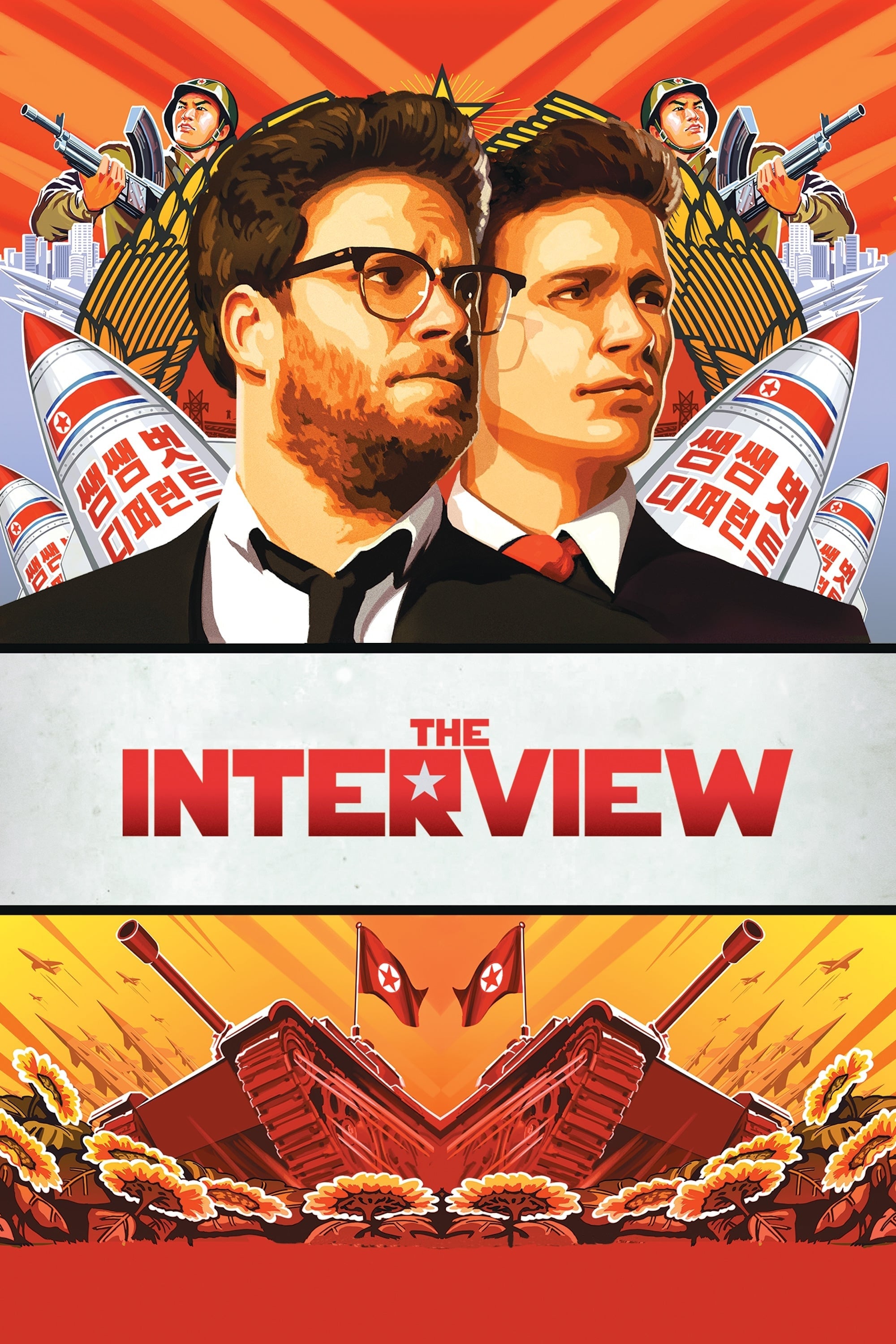
A comedy film centering on a plot to assassinate a dictator became the target of a cyberattack believed to be from a foreign government. Following threats, major movie theaters cancelled showings, and the studio decided to release the film in a limited number of theaters and online. This event led the film industry to re-examine its security measures and how it assesses risks, with government officials and industry publications noting the unusual way the film was ultimately distributed.
Share the titles you think we missed in the comments so we can keep the conversation going.
Read More
- Fed’s Rate Stasis and Crypto’s Unseen Dance
- Gold Rate Forecast
- Baby Steps tips you need to know
- Ridley Scott Reveals He Turned Down $20 Million to Direct TERMINATOR 3
- Blake Lively-Justin Baldoni’s Deposition Postponed to THIS Date Amid Ongoing Legal Battle, Here’s Why
- WELCOME TO DERRY’s Latest Death Shatters the Losers’ Club
- Northside Capital’s Great EOG Fire Sale: $6.1M Goes Poof!
- The VIX Drop: A Contrarian’s Guide to Market Myths
- BTC Dumps to $90K, HYPE Crashes 9%-What’s Next? 🚀💥
- XRP’s Bull Flag: Will It Soar or Sink? 🚀📉
2025-10-31 03:19